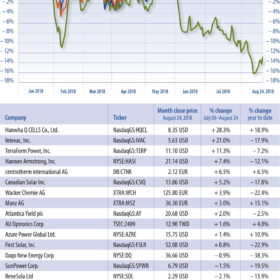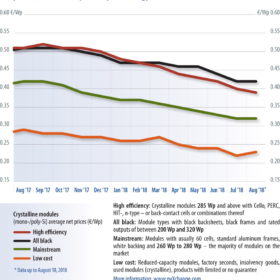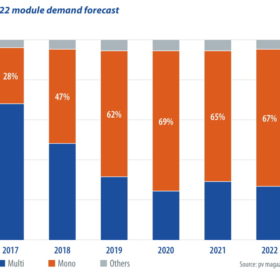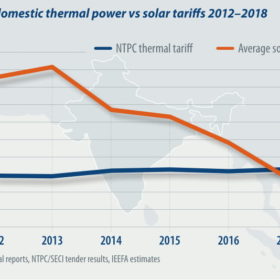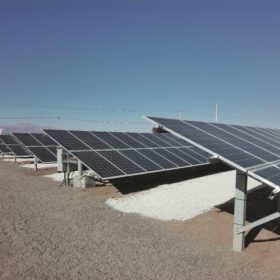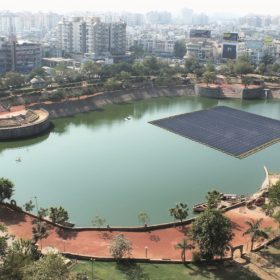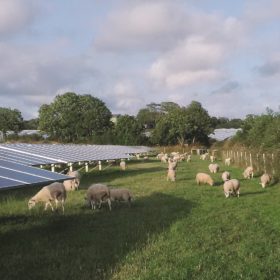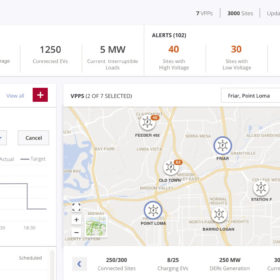Solar stocks slipping
Solar stocks underperformed the broader market last month (7/30-8/24): The Guggenheim Solar ETF (TAN) dropped 3.8% versus the S&P 500 and Dow up 2.0% and 1.3%, respectively. Year-to-date (YTD), TAN has substan- tially underperformed the market, drop- ping 12.9%, compared with the S&P 500 and Dow up 7.5% and 4.3%. Within solar, the only two […]
PV poker game
With subdued demand over the past four to six weeks, prices have remained largely stable. Only certain products were offered at a discount over the previous month, which has led to minor price changes for high-efficiency modules and standard multicrystalline modules (mainstream). However, the price changes are actually smaller than the rounded index values make it appear, and are in the sub-0.5 euro cents per watt-peak range. Particularly with the major brands such as Hanwha Q Cells, JinkoSolar, and Canadian Solar, there is not much activity at the moment.
Low demand driving consolidation
With the release of second quarter financial results, the rankings of global module shipments in the first half of the year can be confirmed. JinkoSolar shipped 4.8 GW to take first place in this period.
India’s solar energy capacity is growing
India’s electricity sector is transforming rapidly. A 50% decline in wind and solar tariffs since 2016 means renewable energy is now the lowest cost source of new generation. This has turned the established order in India on its head.
Clean energy versus gas
Solar and energy storage, either on their own or as part of clean energy portfolios, are showing that they can compete with natural gas in the United States. But will regulators wake up to this reality before half a trillion dollars worth of future stranded assets are built?
Hanging in the balance
As U.S. President Trump reimposed sanctions on Iran, many solar companies – predominantly from Europe – were in the process of developing massive project pipelines in the country. These are now in jeopardy, even with the blocking statute imposed by the EU. Those seeking to pursue plans demand safe financial channels from the EU in order to continue developing PV projects, and to signal a clear commitment to the Iran Nuclear Deal.
Testing the water
If India covers just one third of its major water reservoirs with floating solar installations, it could generate as much as 700 GW of solar power. However, it’s still early days for floating solar in the country, given the lack of technical experience and higher implementation costs.
Solar’s farming synergy
With the U.K. government apparently preparing to deal another blow to solar by abolishing export payments for small-scale generators, the contribution of the country’s agricultural sector to the industry could be more important than ever.
A new test for trackers
The benefits of deploying bifacial solar panels on single-axis trackers are touted like snake oil these days, with promises of anywhere from 5 to 50% gains in energy output compared with a monofacial panel. Unfortunately, the field data that might delineate the actual energy gain of a bifacial panel on a tracker are hard to acquire, and the data that are available typically describe small-scale tests under tightly defined conditions.
Soft services, hard impacts
The application of IoT, tapping, and analytics of big data, and much hyped applications like blockchain are making an impact on the solar PV sector and related devices, and also their interactions with the grid. But software has played an important role in the evolution of our industry dating back some 30 years.
